Dry Eye Surgical and Medical Management
Keratoconjunctivitis Sicca(DRY EYE)
What is KCS?
Keratoconjunctivitis sicca (KCS) or "dry eye" is the absence of tears. Although it is seen in all breeds some are predisposed to developing KCS. These breeds include: the American Cocker Spaniel, Dachshund, English Bulldog, Lhasa Apso, Miniature Schnauzer, Pug, Shar Pei, Shih Tzu, West Highland White Terrier, and the Yorkshire Terrier. In cats, dry eye is most commonly aggravated by feline herpesvirus infection. This condition can cause the cornea to be very susceptible to damage. KCS is a result of decreased tear production and changes in the composition of the tear film. A pet’s tear film provides oxygen and nutrition, removes waste products and debris, lubricates the eyelids, maintains a smooth optical surface, and provides antibacterial components.
Causes
There are several potential causes of KCS; in most pets the cause is not determined. In dogs the disease is frequently hereditary and assumed to be the result of an immune-mediated attack of the lacrimal (tear producing) gland, especially in those susceptible breeds mentioned above. Certain medications, most notably the sulfa-containing drugs, may cause KCS depending on the pet’s susceptibility. Facial nerve damage can also result in KCS. Infection and inflammation of the lacrimal gland may cause it to be temporarily or permanently destroyed. Viral infections such as, canine distemper and feline herpesvirus, can also cause changes to the tear production.
Clinical Signs
- Profuse mucoid discharge
- Discomfort: squinting or pawing at the eyes
- Red Conjunctiva
- Dark pigmentation, blood vessels, or a hazy, irregular appearance to the cornea
- Vision loss in severe cases
- Corneal ulceration which can be severe
Diagnosis
Clinical signs are often suggestive of KCS, depending on the severity of the condition. Confirmation is achieved utilizing the Schirmer Tear Test, which uses a small strip of sterile filter paper to measure tear production. Normal tear production is generally considered to be between 15 and 25 mm in a minute.
Treatment
With therapy, the goal is to return to a normal tear production. Supplementing with a long-lasting artificial tear often is necessary until tear production increases. Topical cyclosporine or tacrolimus eye drops are used to stimulate the lacrimal gland to produce tears. These drugs are very effective but are only helpful as long as they are being used. Initially, topical application of medications may be frequent, but the frequency is decreased with response to treatment. Although most KCS cases respond well to drops by increasing tear production, the occasional case does not. In such cases a parotid duct transposition, or rerouting of the salivary gland, may be warranted. This surgery is recommended only in extreme cases and should be pursued after all other routes of treatment have failed. Additionally, patients, who are difficult to medicate or need medication applications too frequently, could be a good candidate for a cyclosporine implant. This is a short anesthetic procedure, done under an operating microscope, in which an implant is placed to deliver a set amount of the medication, cyclosporine.

